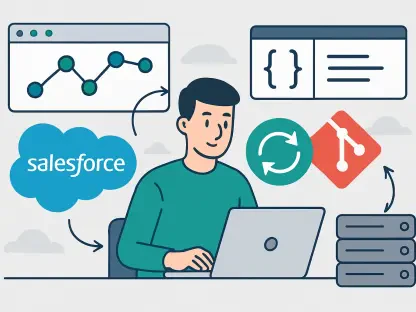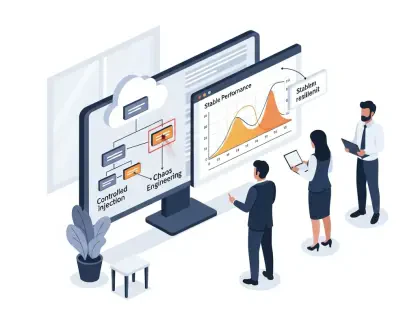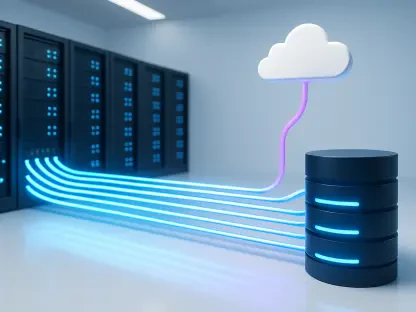There’s no doubt that today, the customer is at the center of everything a business does. This is the new normal, but it also comes with unspoken challenges. Fortunately, customer data platforms (CDPs) can help a company integrate client information into one single, centralized database that will provide them with much-needed insights. But what exactly is a CDP, and how can it transform your business?
We answered five questions to help you navigate today’s shifts and provocations.
How do you solve these problems?
When it comes to understanding your customers, there are a few pain points that every organization is trying to resolve. The difficulty to accurately understand your customers across channels is one of these issues. But there’s also the incapacity to orchestrate connected experiences, or the inability to test, deploy, and measure customer experience tactics. Last but not least, low customer lifetime value and the high cost of customer acquisition can also be a pain point. All of these can be solved with the help of a customer data platform.
So, what is a Customer Data Platform?
A customer data platform takes information from online and offline sources (websites, mobile apps, email) to build a complete, 360° view of your client. Upon retrieving the necessary data, a CDP will help you predict what you should do next to respond to your consumers’ needs. It will enable you to learn more about customer behavior and how you can improve retention. And you can also integrate this platform with other tools you might use, such as email or data warehouse software.
What makes CDP unique? It’s smart software that not only helps you manage customer data and make it accessible to other systems but also delivers a unified view into your clients’ minds.
What’s the difference between CDP and CRM?
A customer data platform can:
- Collect data on anonymous visitors
- Analyze lifetime customer behavior and customer journeys
- Track both online and offline customer data
- Handle multiple data points from different sources
As for the customer relationship management (CRM) tool, it:
- Only reports on known customers
- Analyzes the sales pipeline and forecasting
- Can’t track offline data unless it is manually entered
- Collects only individually entered data
With the growing amount of consumer data, managing and integrating multiple sources is a real challenge for marketers today. There is a massive amount of information coming from users’ activities every day, such as researching products and services, filling out forms, browsing websites, calling customer support, placing orders, and many more interactions.
Recent studies from the Customer Data Platform Institute show that the number of organizations that are adopting systems to unify customer data has increased. More than 52% of the 2020 survey respondents said that they use a unified customer database—up from only 37% in 2017. Consequently, CDP investments are growing, especially now during uncertain times caused by the pandemic.
Why is consumer behavior important?
Over the past few years, consumer behavior has changed faster than ever. Not only technology has disrupted behaviors, but also the global pandemic that pushed customers to become more digital. So, organizations need to keep creating experiences fitted to their clients’ needs. These have to be authentic and tailored to the individual. And the main priority of a CDP is to create better customer experiences while bringing in new efficiencies.
A CDP helps you understand your customers better and scale personalized experiences across marketing, sales, and service channels. It works by:
- Collecting customer identities and real-time interactions
- Removing duplicate and forming a single history for each customer
- Generating a single source of customer information
- Activating orchestrated experiences across all channels
CDPs can create a 360-degree customer view that will give your teams the ability to personalize and build authentic, real-time interactions.
When should you use a CDP?
From acquisition to servicing and retention, customer data platforms support a number of use cases. So, if you’re looking for a tool that empowers preventing churn, nurturing high-value customers, optimizing prospecting, enabling real-time personalization, increasing organizational agility, optimizing channel selection, or identifying audiences and customer behaviors—a CDP is what you’ll need. It will also help you avoid data silos by making customer data accessible and accurate for your teams.
CDP deployments are on the rise, and businesses understand the opportunities they bring for maintaining growth during uncertain and difficult times. To get closer to your clients, you need to evolve your strategy, better understand their intentions, and deliver personalized content across all channels. A customer data platform brings a competitive advantage, helping you stay ahead.
Conclusion
The amount of data floating around makes it difficult for marketers to manage and gather valuable information. However, a CDP is focused on collecting all this data. So, if you’re looking to eliminate system inefficiencies while delivering accurate data, this is the tool that can take your marketing efforts to the next level in 2021.









